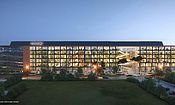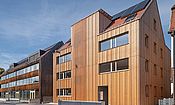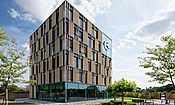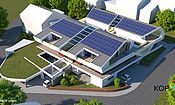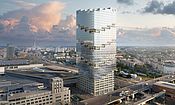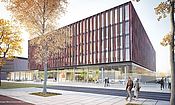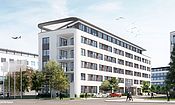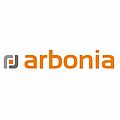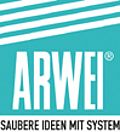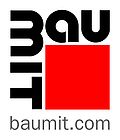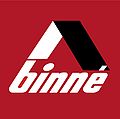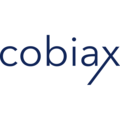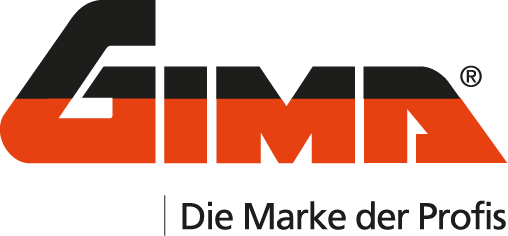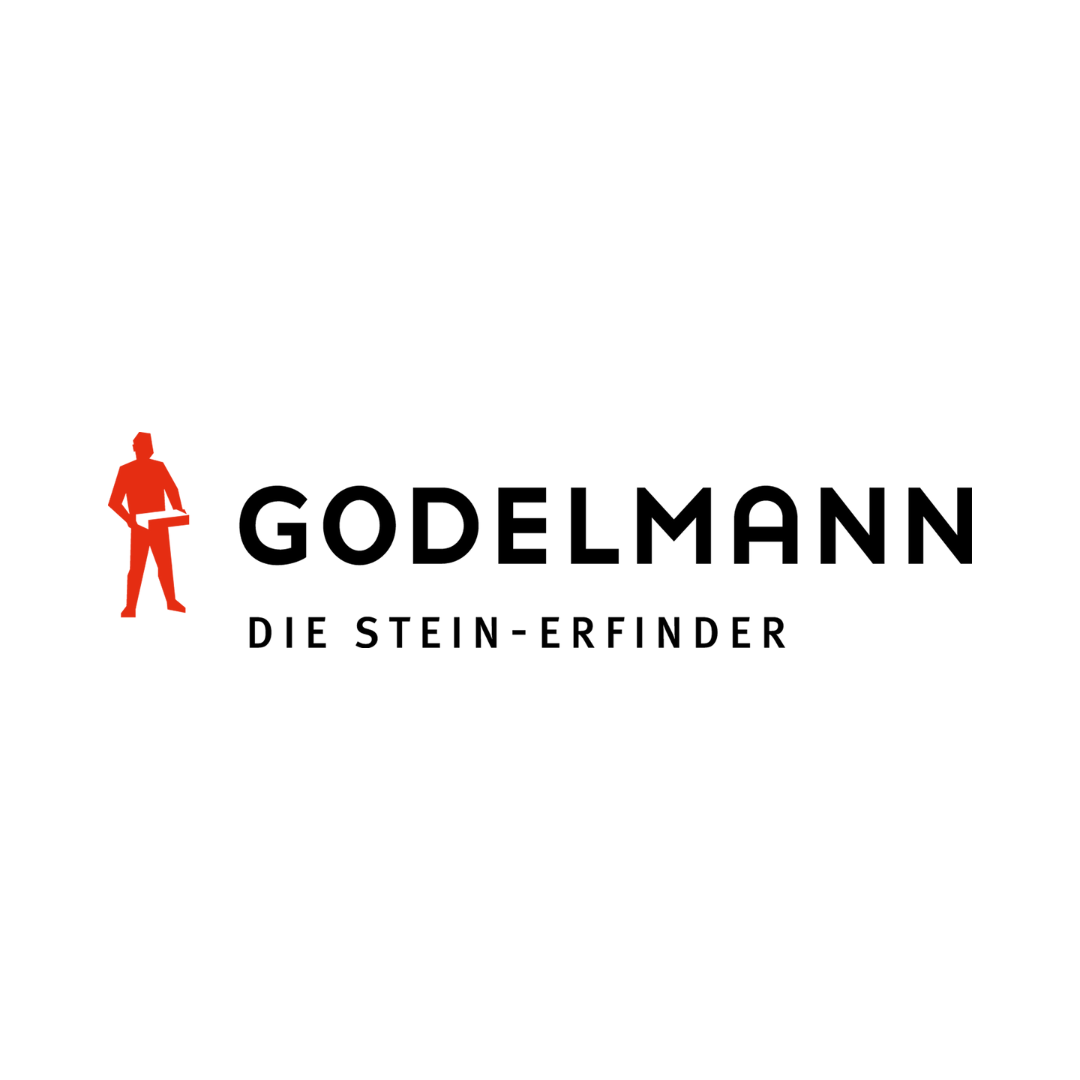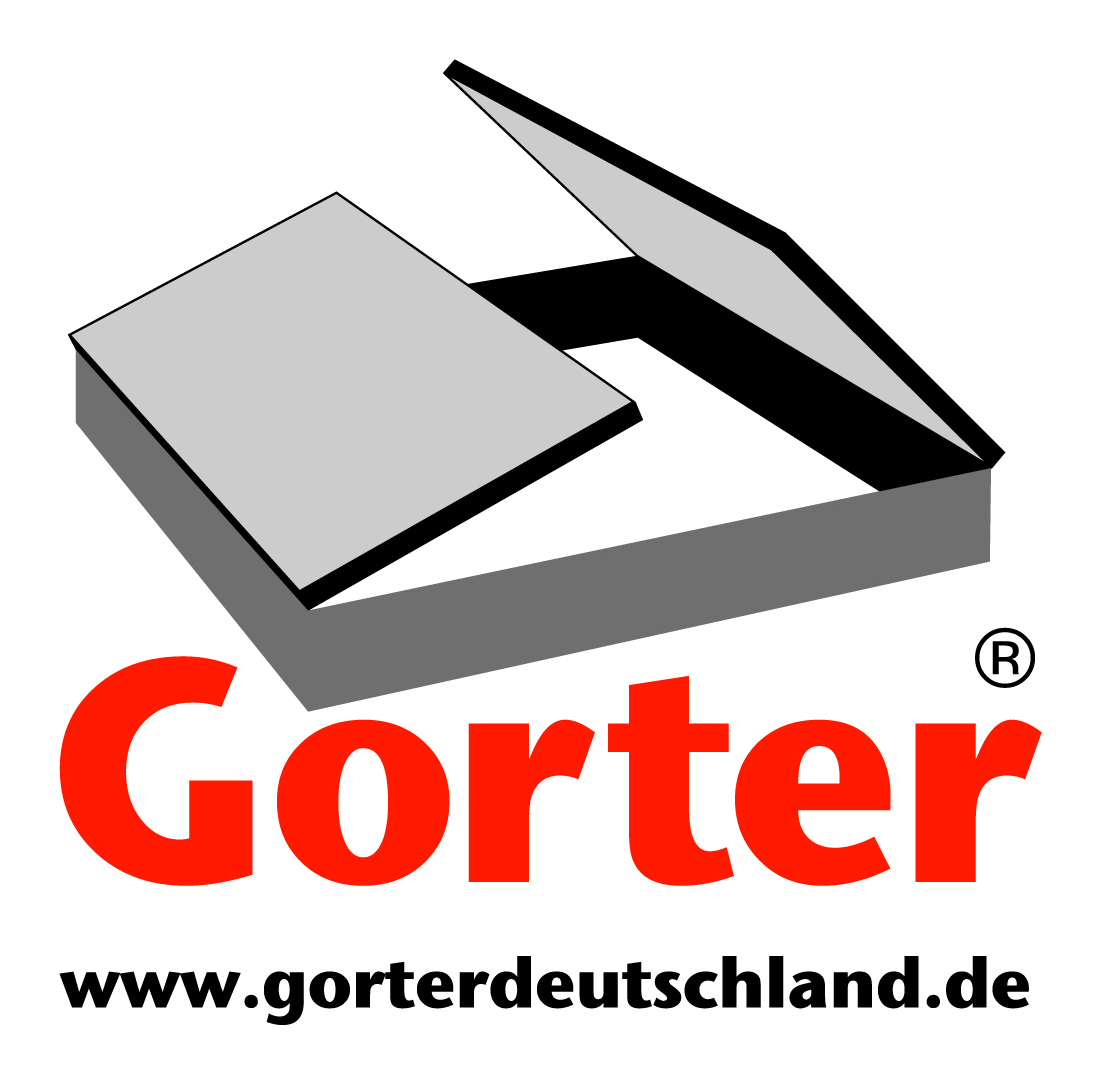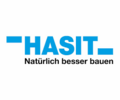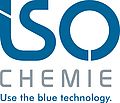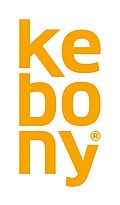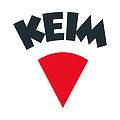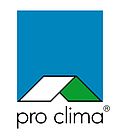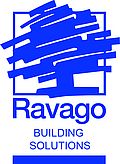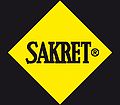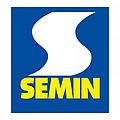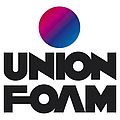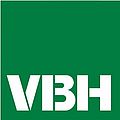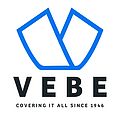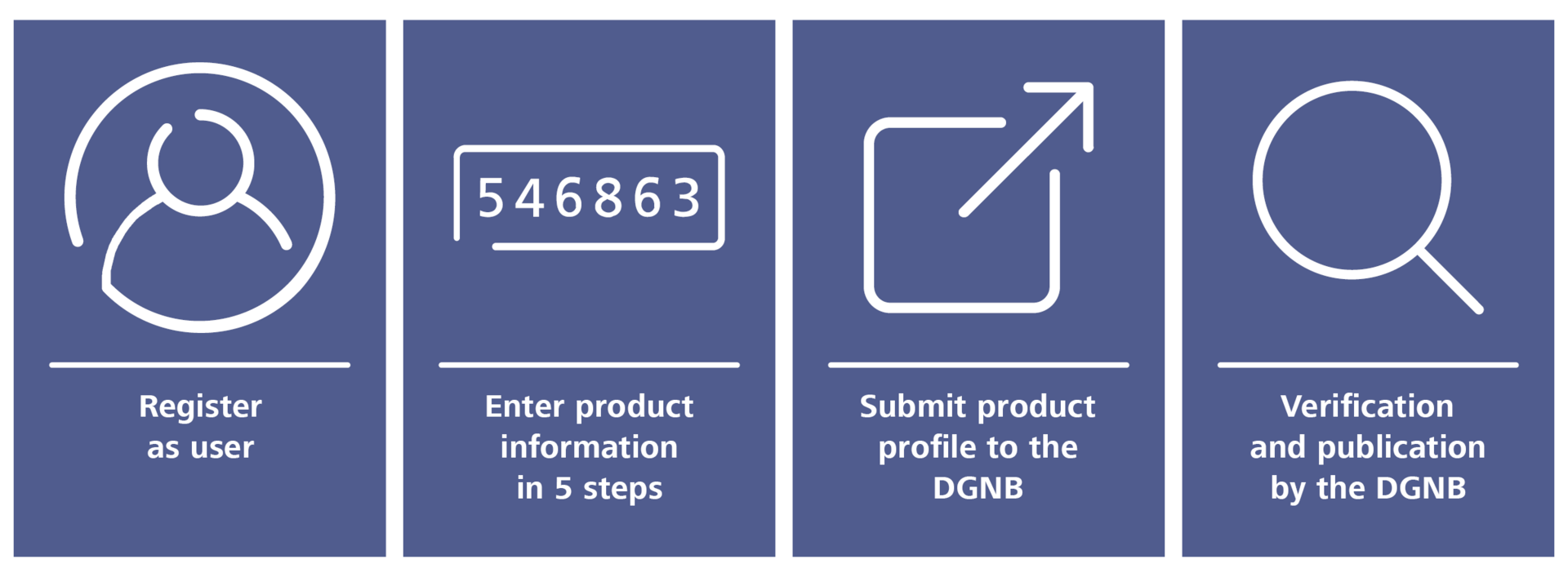Construction products as key building blocks of sustainable construction
What is a building if not the sum of all the construction products used? In order to be able to correctly evaluate the influence of construction products within the DGNB system, the DGNB applies a project-related evaluation. This means that the certification system is designed to evaluate products in the installed context, instead of concentrating on the sustainability of the individual products. For this reason, the DGNB does not issue certificates for construction products, but instead grants awards for the sustainability of districts, buildings and interiors, including the relevant products. In fact, the DGNB System goes far beyond a pure evaluation and award function. In practice, the DGNB system is used as an efficient optimisation tool for sustainability in terms of planning, design, construction and operation. When doing so, individual measures are not evaluated, but instead the impacts within the overall context, with respect to the complete life cycle, the actual performance of a construction project as a whole.
Direct and indirect impact of construction products
Product-relevance can mean different things. The DGNB makes a distinction between a direct impact and an indirect impact within the various criteria.
- Direct impact: Here, qualitative and quantitative features or properties of a specific product are considered within the context of a building. The evaluation is broken down according to the individual product characteristics and the product can therefore improve the overall performance of the building - meaning there is a difference whether product A or product B is installed.
- Indirect impact: Here, products are considered within the overall concept, however not at product level. Planning-based services in relation to construction products or solutions are rewarded which can be implemented both in terms of planning and via product selection (for example a greening concept for the external areas).
This makes it worthwhile to review the selection critically for each project, and carefully think through the selection of the product - irrespective of whether the criterion is relevant directly or indirectly.
The criteria in detail
Fundamentally, in addition to the qualitative and quantitative properties of the products used (with a direct impact on the overall performance), the DGNB system also takes into account the planning and design work including the construction products and systems used (having an indirect impact on the overall performance).
In the DGNB system it is important that all impacts are taken into consideration in the overall concept with a view to the complete life cycle, and not individual measures. The relationship between the certification system and each product as well as the characteristic and guideline values is briefly explained in the following overview.
Environmental quality | |
ENV1.1 Building life cycle assessment | The emissions-related environmental impact and the consumption of finite resources across all life phases of a building. |
ENV1.2 Local environment impact | Requirements for the environmental sustainability of the materials. The local risks are assessed based on quality levels for materials and products. |
ENV1.3 Sustainable resource extraction | The environmental and social standards for raw material extraction. A positive evaluation will be given if, for example, secondary raw materials are used, raw materials, or materials are renewable, or are even certified. |
ENV2.2 Potable water demand and waste water volume | The potable water demand and waste water volume is definitely affected by the planning, greywater or rainwater usage, as well as by the reduction in potable water demand. Water-saving fixtures, among other things, also have an impact here. |
Economic quality | |
ECO1.1 Life cycle cost | The component costs in CG 300 und CG 400 according to DIN 276-1 with reference to the theoretical lifetime of the building. |
ECO2.1 Flexibility and adaptability | A positive evaluation is given for flexible system which can be changed without extensive construction measures. For example, this includes façade connections for modifiable separating wall systems or the flexibility of the building services. |
Sociocultural and functional quality | |
SOC1.1 Thermal comfort
| Specific requirements for the building ventilation systems and characteristics of the main materials (for example, building envelope) apply. Draft effects, surface temperatures and asymmetries, as well as room air humidity are taken into account. |
SOC1.2 Indoor air quality | The TVOCs and formaldehyde concentration of all integrated materials and products are documented as per this criterion during the indoor air hygiene measurement. |
SOC1.3 Acoustic comfort | Rooms with different uses are evaluated in terms of reverberation time via measurements or calculations. The surface materials of the spatial boundary surfaces here provide the impact for a positive result. |
SOC1.4 Visual comfort
| Visual comfort is composed of daylight access, visual access to the outside space, freedom from glare, and the consideration of the artificial light quality. It is therefore equally based on design features and products. |
Technical quality | |
TEC 1.2 Sound insulation | The airborne sound insulation between spaces (requirements for walls, ceilings, doors, and floors), footfall insulation (upper storeys and staircases) and the airborne sound protection against outside noise and technological household systems, are taken into account. |
TEC1.3 Quality of the building envelope | Heat transition coefficients, transmission via thermal bridges, summer heat protection, and the building envelope’s airtightness are taken into account. |
TEC1.5 Ease of cleaning building components | Alongside planning- and operation-relevant impacts, the conditions of construction products also have an impact on the maintenance of the building, e.g. floor coverings and general surface conditions. |
TEC1.6 Ease of recovery and recycling | In order to fully think through the life cycle of building materials, ease of recycling must be considered during selection. Furthermore, a building construction designed for dismantling will be positively evaluated. |
TEC1.7 Immissions control | Properties of lighting that keep light pollution as low as possible, e.g., external lighting pointed downwards, are taken into account. |
Environmental quality | |
ENV2.4 Biodiversity at the site | Habitat potential in the form of green areas and breeding grounds at, on and around the building will be taken into account. The basis for this is offered by the roof structure and/or the preliminary setup for vertical vegetation, and so the materials here flow indirectly into the evaluation. |
Sociocultural and functional quality | |
SOC1.5 User control | The ability to control artificial lighting, ventilation, temperatures, shading and anti-glare systems. |
SOC1.6 Quality of indoor and outdoor spaces | The existence of equipment features that impact the quality of outside areas will be positively evaluated. For example: fixed sun protection. |
SOC1.7 Safety and security | Consideration is given, for example, to the presence of technical security equipment, such as video control, intercom systems and emergency call phones. |
SOC2.1 Design for all | The design of step-free access, fit-out, use and accessible bathrooms. |
Technical quality | |
TEC1.4 Use and integration of building technology | A building design making the best-possible use of passive system and the integration of renewable energies for the technical systems required will be positively evaluated. |
Process quality | |
PRO1.4 Sustainability aspects in tender phase | Indirect impact on the determination of the requirements for construction products and technical features within the tender. |
PRO1.5 Documentation for sustainable management | Comprehensive documentation of maintenance, inspection, operation and care instructions will be assessed. |
PRO2.1 Construction site/construction process | A construction site with low levels of noise, dust and waste is evaluated. This may already be indirectly affected by the construction product selection. |
The DGNB Navigator
The DGNB Navigator is a construction products platform – but it is not just any platform. The DGNB Navigator is the only construction products platform on the market to connect the information provided by manufacturers regarding product-specific sustainability aspects with the requirements of planners. It also creates the bridge to the DGNB certification.

